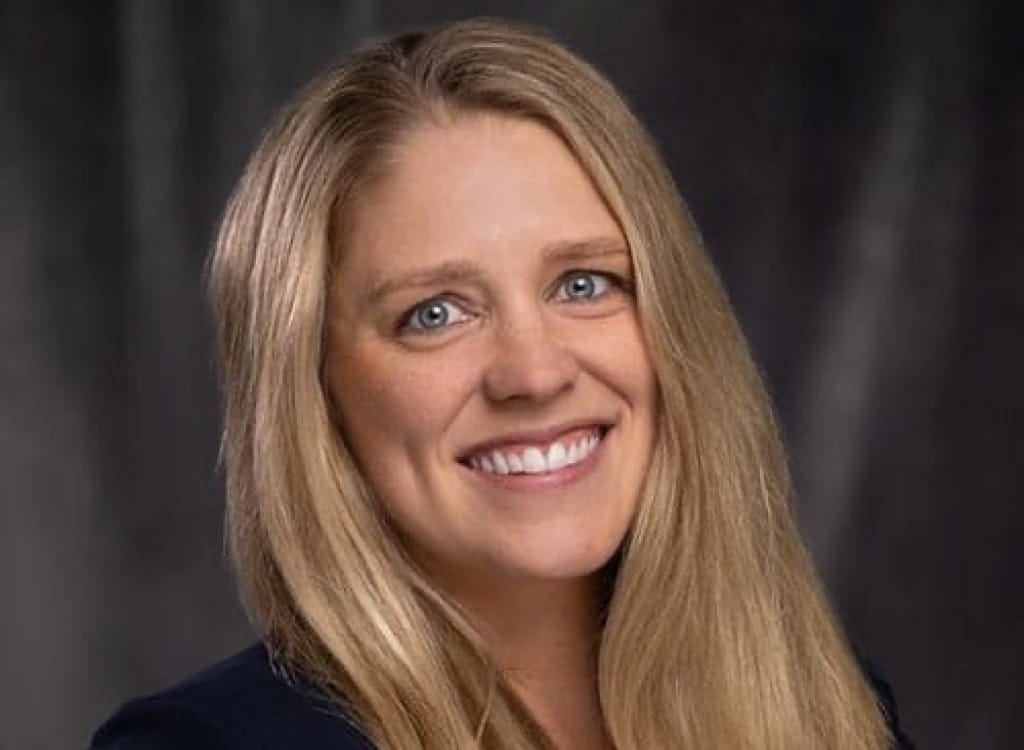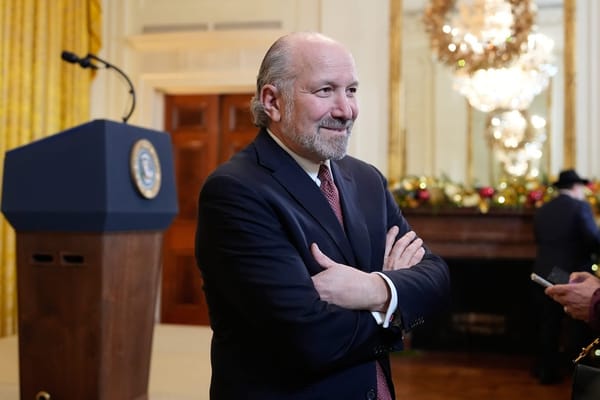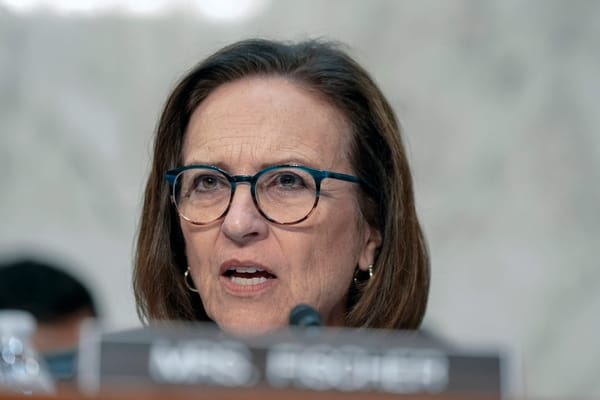TDS Targeting 1.8 Million FIber Passings
The company is selling off its mobile business and spectrum holdings.
Jake Neenan

WASHINGTON, Feb. 21, 2025 – Telephone and Data Systems reported 13,400 additional fiber customers in the fourth quarter of 2024, for a total of 244,600.

The company increased its long-term fiber passing target to 1.8 million locations – TDS currently counts 928,000 fiber passings in its footprint – but didn’t provide a hard deadline. Its previous target had been 1.2 million.
Part of the more ambitious goal is a result of participating in the Federal Communications Commission’s Enhanced Alternative Connect America Cost Model program, called E-ACAM, which provides monthly support in exchange for building out service to rural areas. TDS is set to receive about $90 million per year for 15 years through E-ACAM, TDS Telecom CFO Kristina Bothfeld said on the company’s earnings call Friday.
The E-ACAM builds will largely fund fiber expansions in TDS’s rural copper footprint and should add about 300,000 fiber passings, Bothfeld said, both through homes and businesses specifically funded by the program and through other locations passed in the process. The program is funded by the FCC’s Universal Service Fund, which is being challenged at the Supreme Court.
TDS lost 13,100 total subscribers from its copper and cable footprints, ending the year with 553,000 wireline residential broadband connections.
The wireless business
TDS is in the process of selling off UScellular, the regional mobile provider it owns. T-Mobile is set to take the customers and operations in a $4.4 billion deal, with AT&T and Verizon each scooping up $1 billion worth of UScellular’s spectrum holdings.
UScellular CEO Laurent Therivel said each of those deals, which require regulatory approval from the FCC, are progressing normally, with the T-Mobile deal still expected to close mid-2025.
The regional carrier is retaining its 4,409 towers. T-Mobile is set to become a long-term tenant on about 2,000 additional towers and re-up its leases on the about 600 towers where it’s already a tenant. UScellular currently has 2,444 towers with tenants.
But T-Mobile has up to 30 months after the transaction closes to determine on which additional towers it will attach equipment.
“It’ll take some time before we know exactly how many towers we have with no-colocators and what we choose to do with those naked towers,” Therivel said, adding the company could “retain them, decommission them, sell them, or transfer them to third parties.”
Therivel noted carriers didn’t bid as aggressively for UScellular’s C-band spectrum holdings, despite the big three carriers all owning some licenses, but said the company is still looking to sell them.
For the licenses sold to AT&T and Verizon, including 3.45 GigaHertz, 800 MHz, and others, “we received bids and accepted bids that were ahead of our book value and ahead of market value,” Therivel said. “We did not receive those bids in C-band. That doesn’t mean there wasn’t interest – there were plenty of conversations.”
The company added 5,000 fixed wireless subscribers in the fourth quarter for a total of 145,000, and lost 14,000 postpaid mobile connections for a total of just under 4 million. Prepaid losses were 4,000, bringing the subscriber total to 448,000.









Member discussion